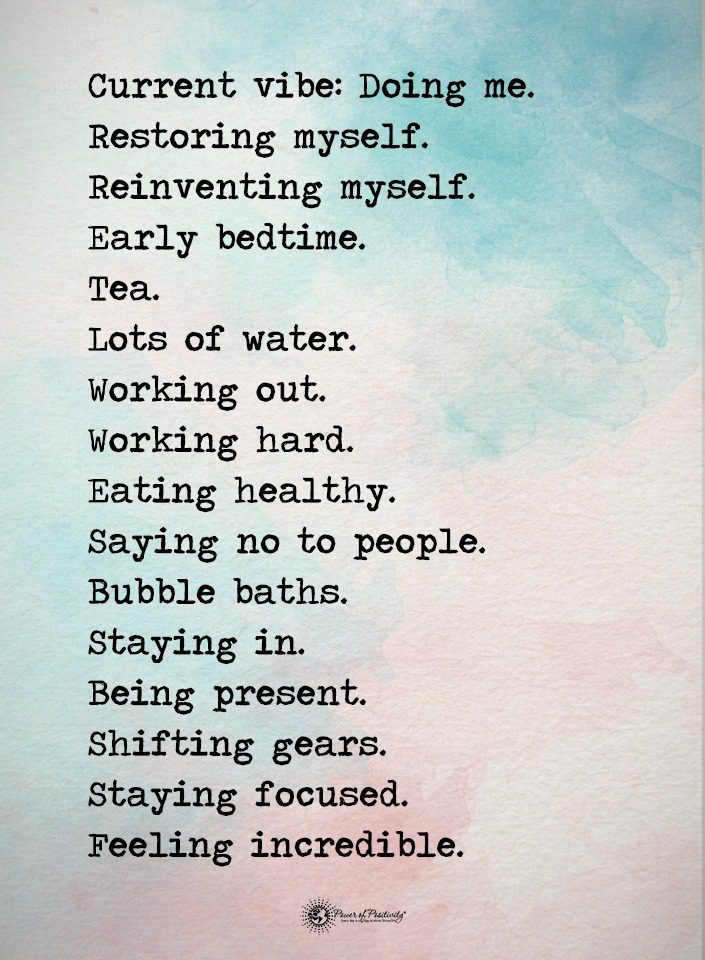Yogic breathing techniques are an ancient technique that can help you with anxiety, depression, metabolism, and more. Practicing cyclical breath control and breathing techniques is familiar to yoga practitioners.
When you try this ancient breathing technique, you will be surprised at how quickly you will notice a change in your bodily tension. It only takes a minute, or more if you have the time, to notice a reduced sensation of anxiety. Let’s explore this breathing strategy in more detail.
Pranayama
The practice of controlling one’s breath is part of the calming of the mind that accompanies yoga. Pranayama is the Sanskrit word for control of the breath. There are different types of controlled breathing that accompany the practice of yoga.
Drawing conscious attention to the breath is an awareness technique that helps keep you centered and at the moment rather than focusing on the future or the past. Some believe that those who have depression live in the past. Conversely, those who suffer from anxiety live in the future. Practicing breathing techniques helps keep our minds on the here and now.
Researchers who reviewed the practice of breathing techniques called Sudarshan Kriya Yoga, or SKY, found that the cycles of breathing and awareness may work on many biological systems in the body at once. One of the benefits of this ancient breathing technique is ‘strengthening, balancing, and stabilizing the autonomic and stress response systems.’
Other researchers have found similar benefits for stress and anxiety and improving metabolism. In a study of alternate nostril breathing, researchers found an 18% increase in metabolic function for the study participants who used this technique. Researchers came to the same conclusion as the other study mentioned above; ‘These results suggest that breathing selectively through either nostril could have a marked activating effect or a relaxing effect on the sympathetic nervous system.’
This Ancient Breathing Technique Can Help Relieve Anxiety
Controlling your breathing through one nostril at a time is known as Nadi Shodhana in Sanskrit. Spot.pcc.edu says that it is also called “the “Sweet Breath,” “Sukha Pranayama” (Sukha translates as comfortable or happy), “Channel Purification Breath,” or “Alternate Nostril Breath.” This breathing technique is also good for promoting clear thinking, balancing the brain hemispheres, and relieving anxiety.
To do alternate nostril breathing, curl your index and middle finger of wither hand into your palm, with your thumb, ring and pinky fingers sticking out. The ring finger and thumb are what you will use to close each nostril. Use this hand as a pincher to gently press the outside of each nostril.
How to Do Alternate Nostril Breathing:
Spot.pcc.edu suggests the following pattern to achieve alternate nostril breathing:
“Curl index and middle finger of the right hand into the palm, forming a “pincer” with thumb and ring finger (little finger is “superfluous”). Take a deep inhale and exhale, then gently close the right nostril with the thumb, and inhale slowly and deeply through the left nostril. In the moment of pause after the inhale and before the exhale, gently close the left nostril with the ring finger, release the thumb from the right nostril and exhale through the right nostril just as slowly.
Observe the moment of pause after the exhale and before the next inhale, then inhale slowly and deeply through the right nostril. In the moment of pause after the inhale and before the exhale, gently close the right nostril again with the thumb, release the ring finger from the left nostril and exhale through the left nostril just as slowly. Again, observe the moment of pause after the exhale and before the next inhale, then inhale slowly and deeply through the left nostril. Continue breathing alternately through one nostril only, closing the other nostril and releasing the one that was just closed in the moment of pause after an inhale and before the next exhale.”
Other breathing techniques to relieve anxiety
Another yogic breathing technique that can help anxiety is “ocean breathing,” which some call “Darth Vader breathing.” This technique is simply deep inhaling and exhaling through the nostrils but with the throat slightly constricted to allow the air to make a sound as it comes in and exhales.
Regular abdominal breathing can also expand to give further relaxation and stress relief benefits. Continuing the inhale after the abdomen rounds, so that the collar bone rises, and then inhaling even further, uses the total lung capacity. Then, on the exhale, continue pulling the abdomen toward the spine to fully contract the diaphragm and expel all of the air from the lungs. These deeper, controlled breaths can also help bring awareness to the present and quiet the mind.










